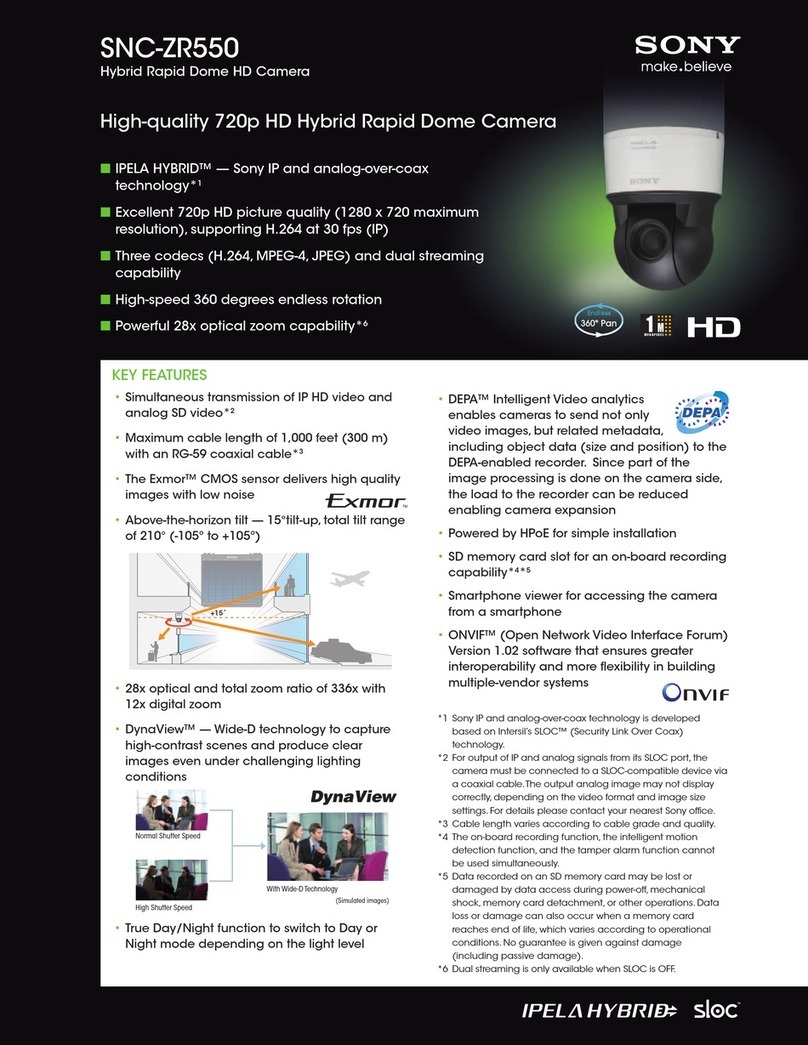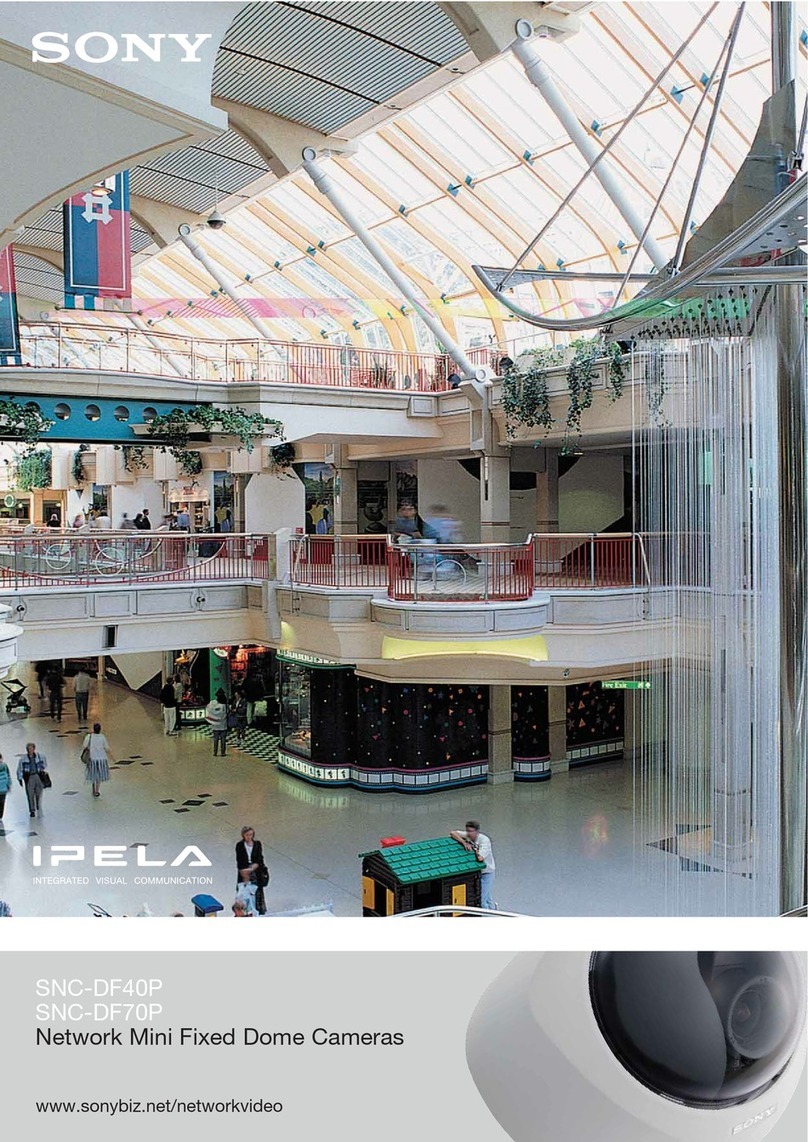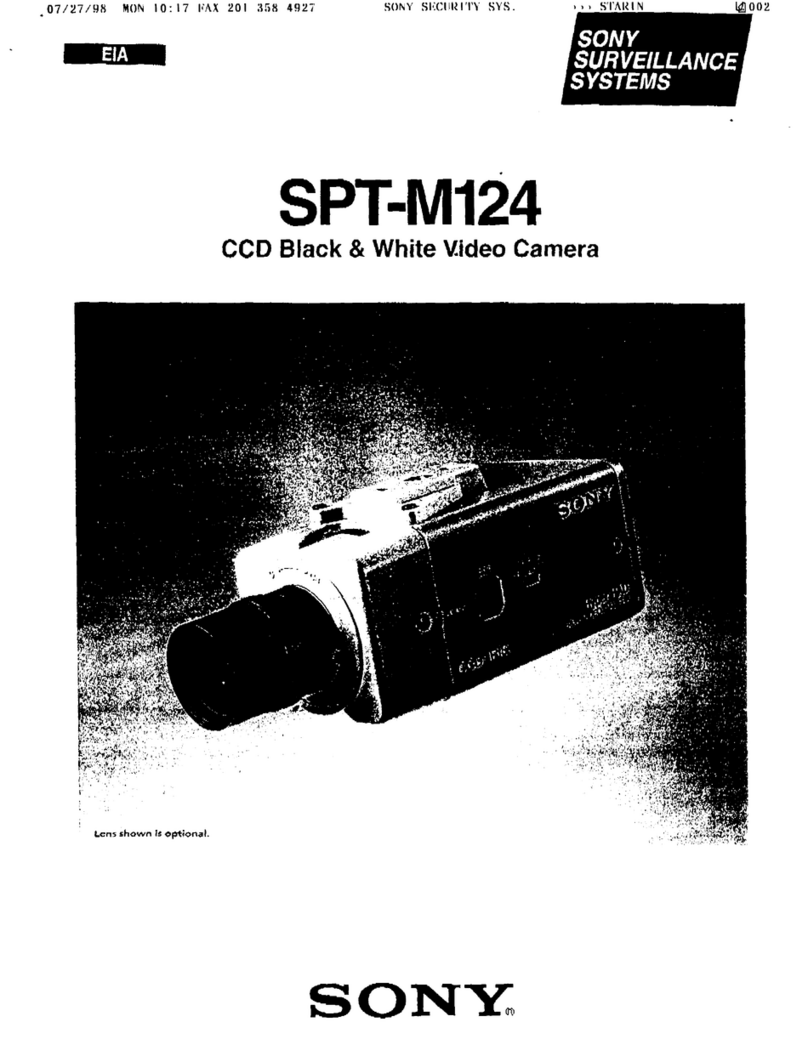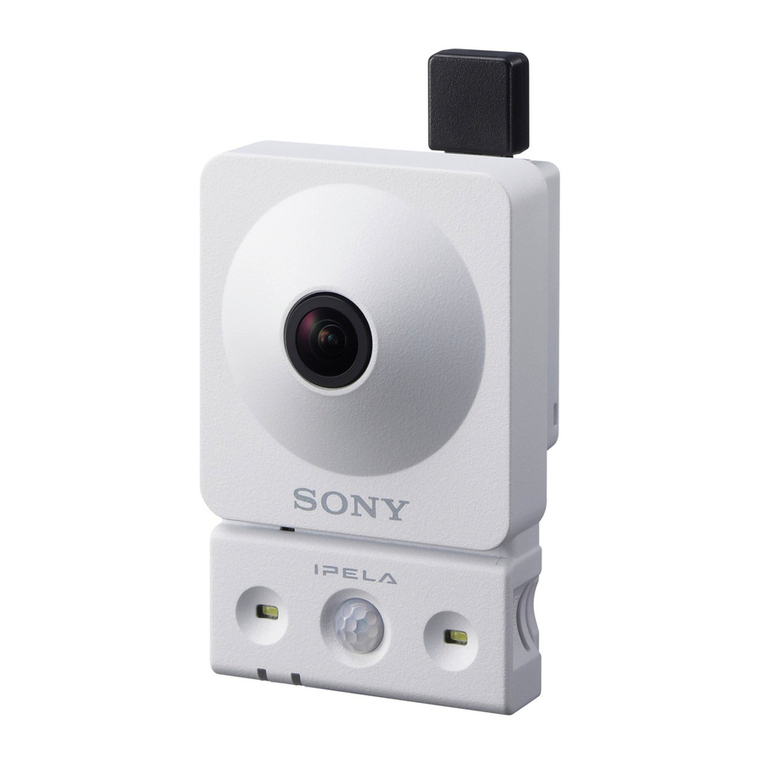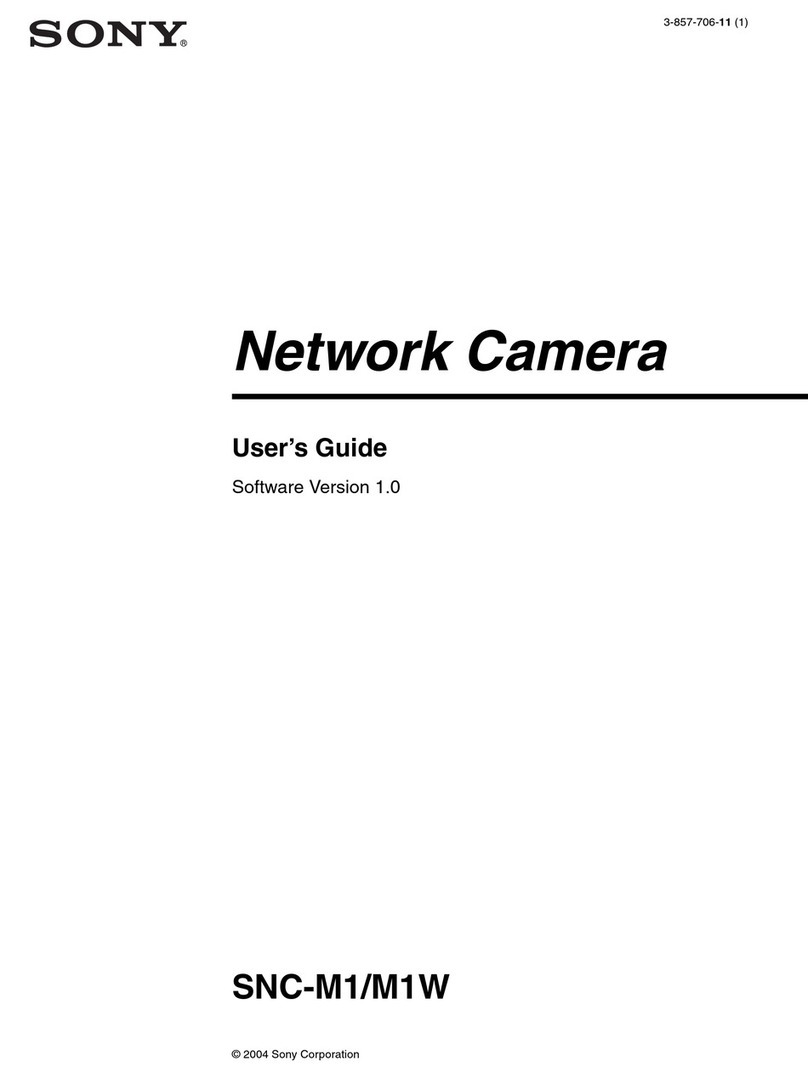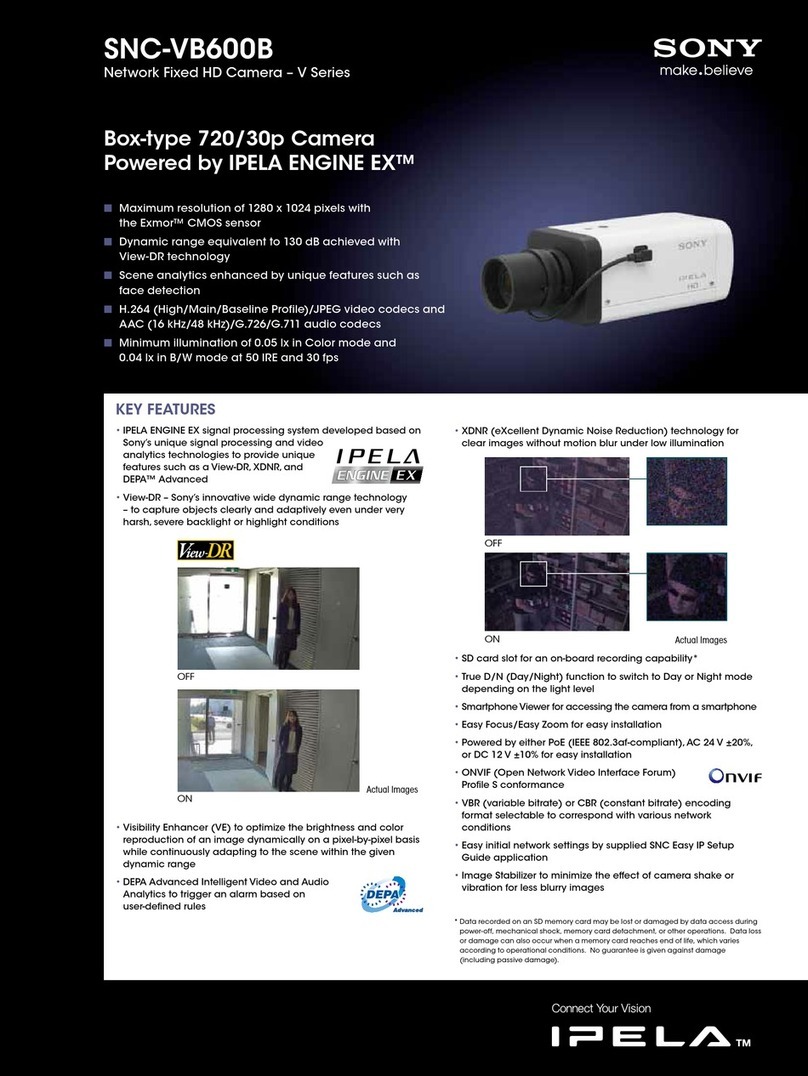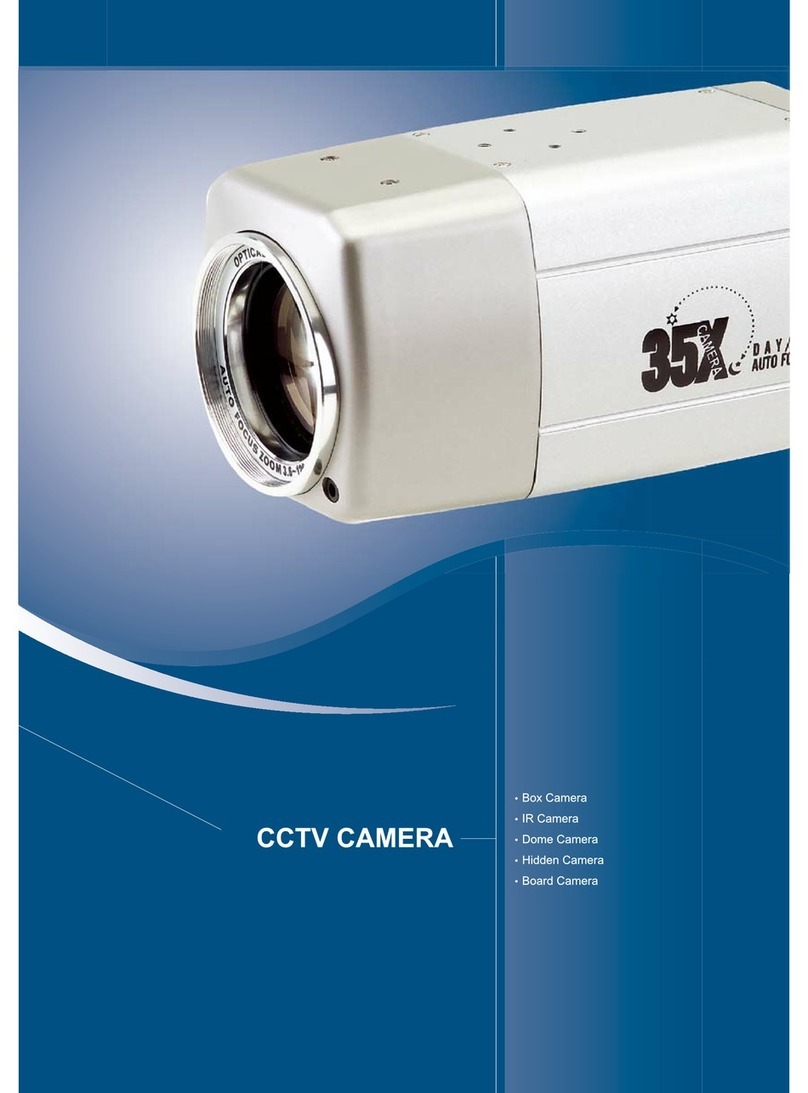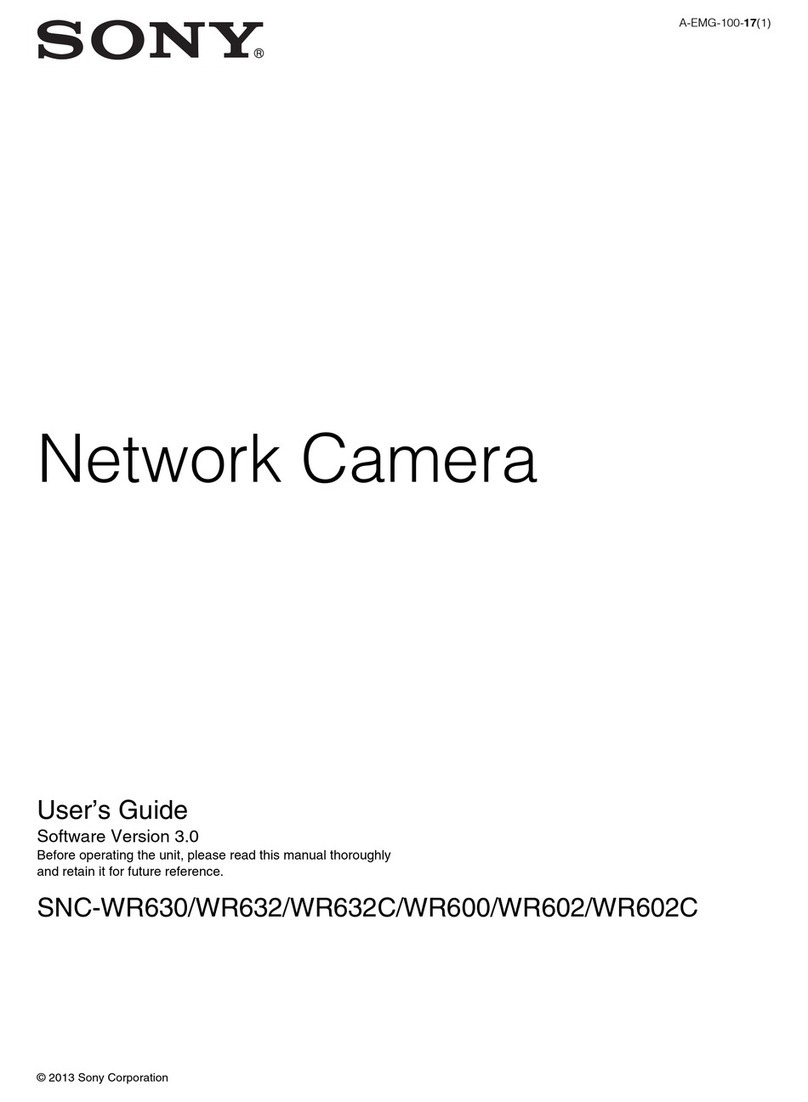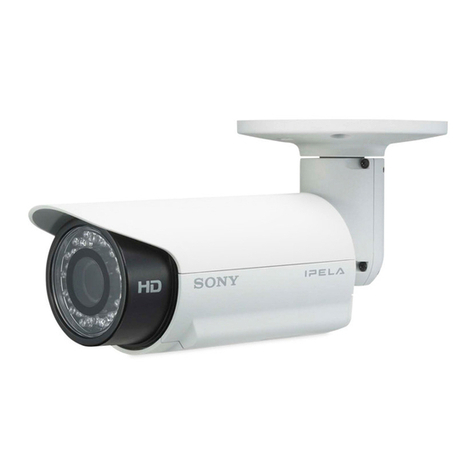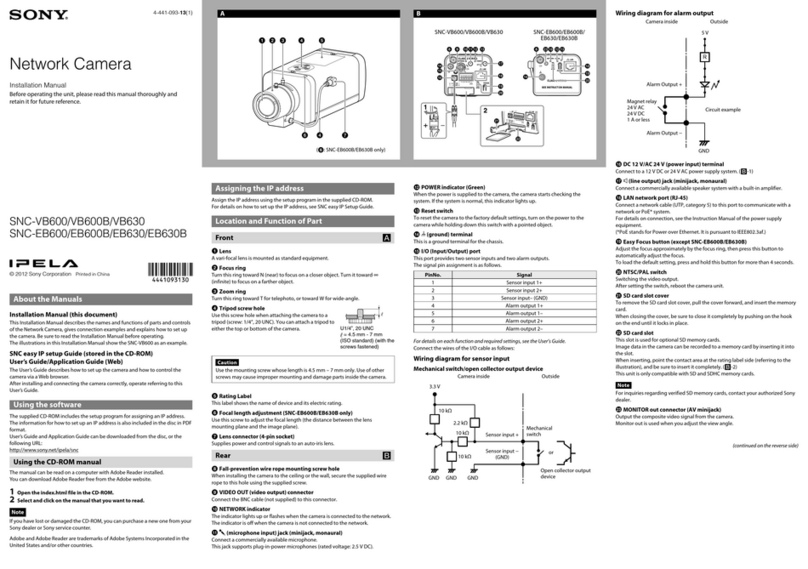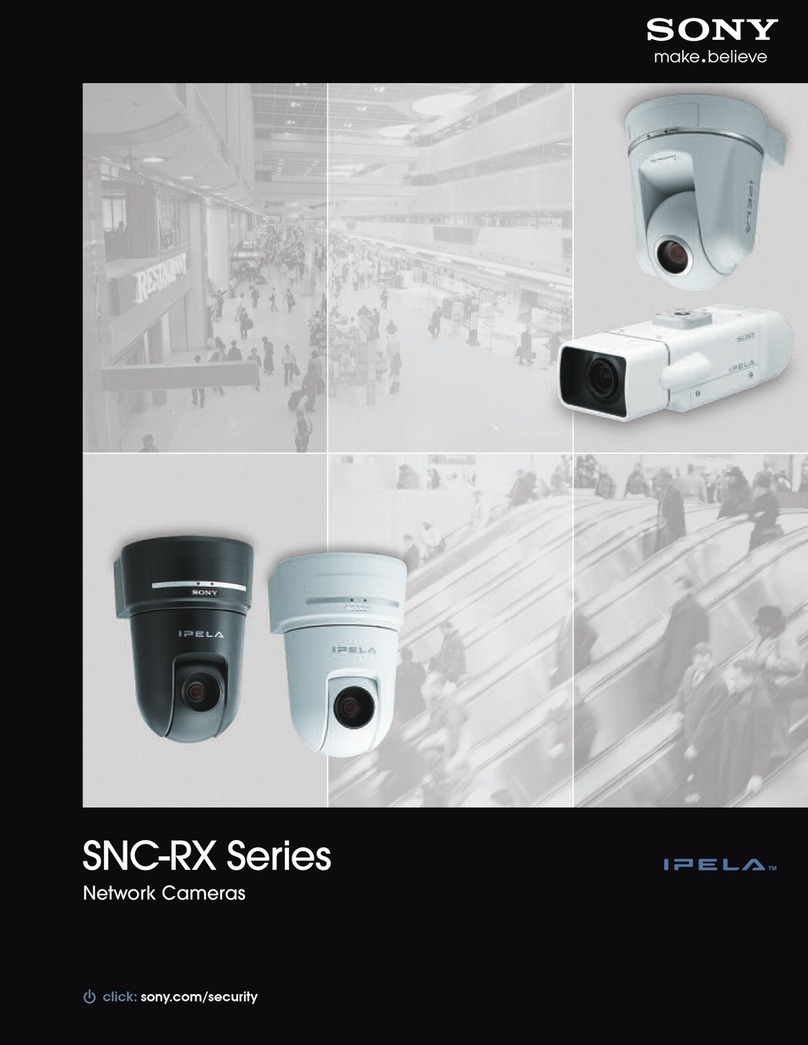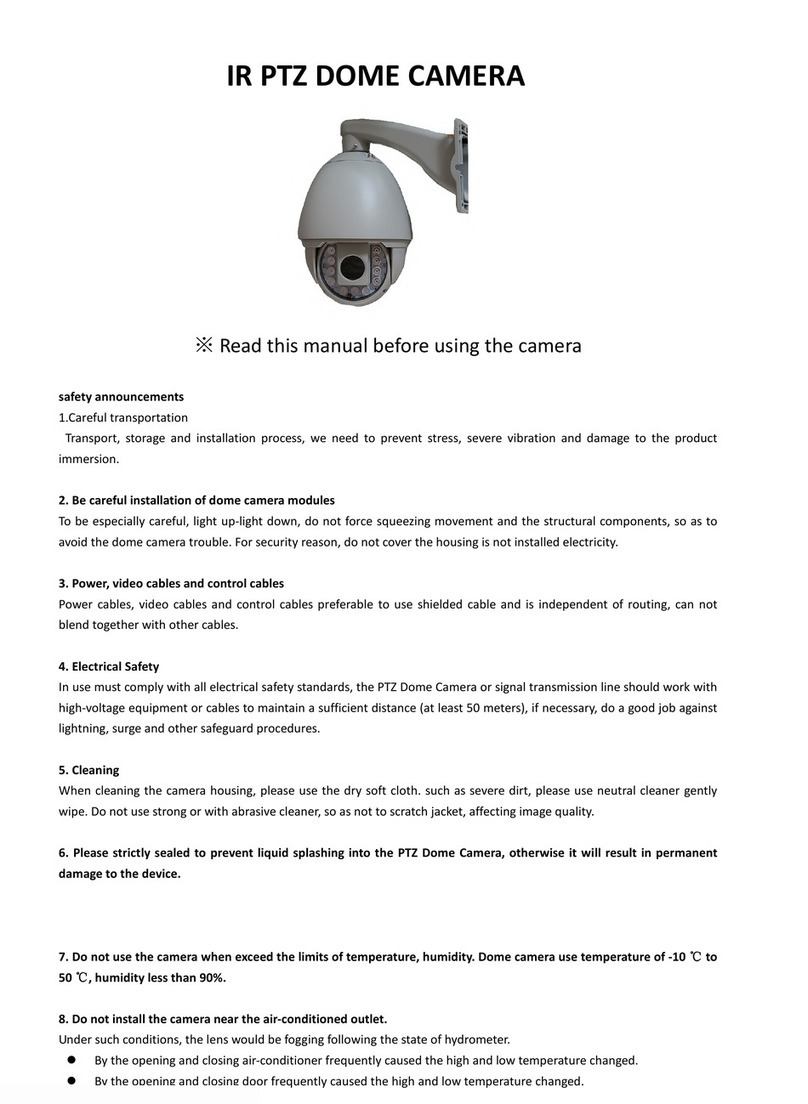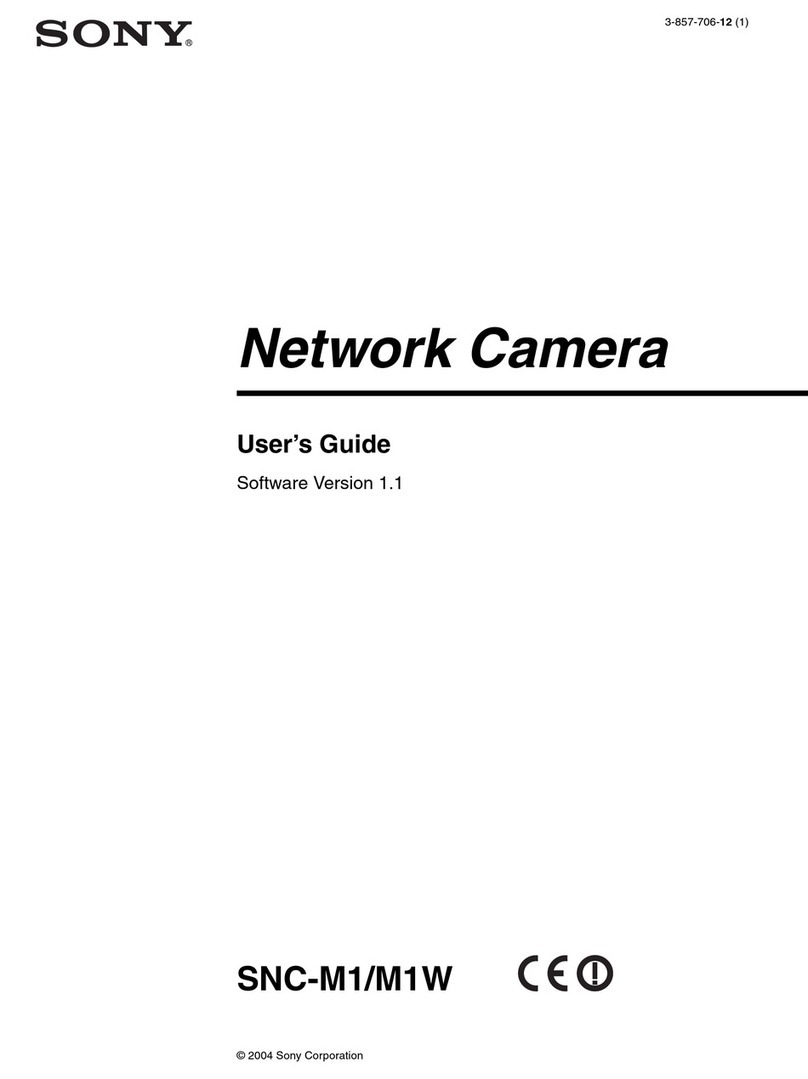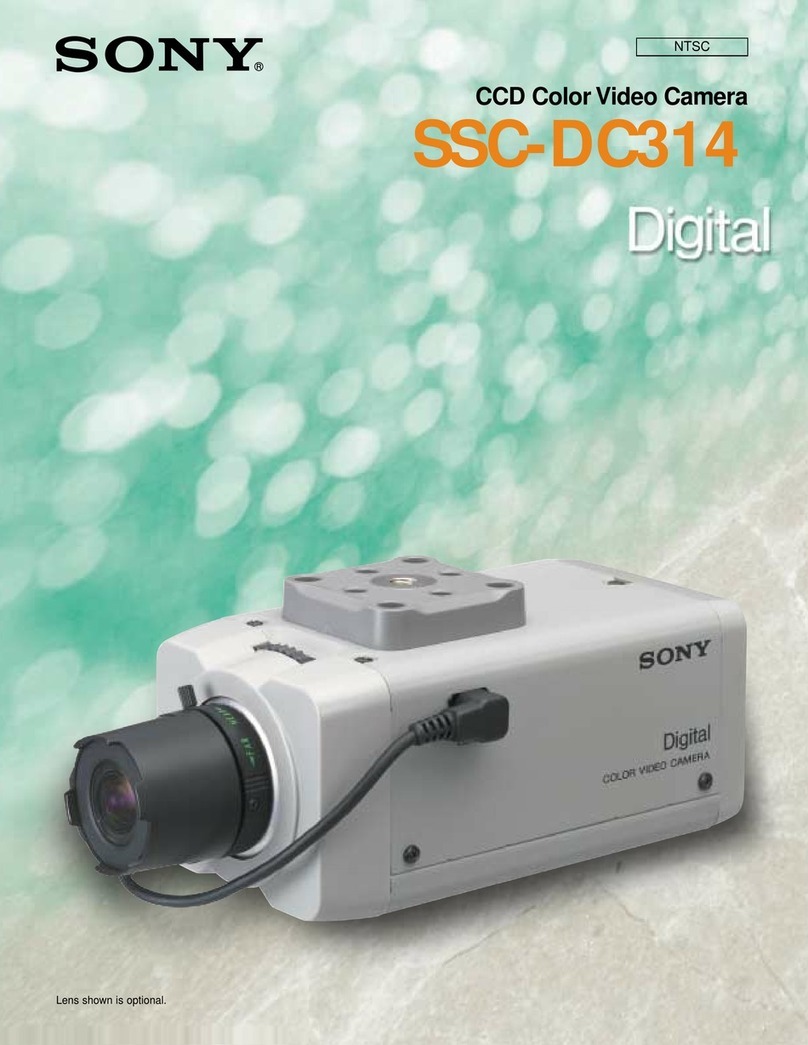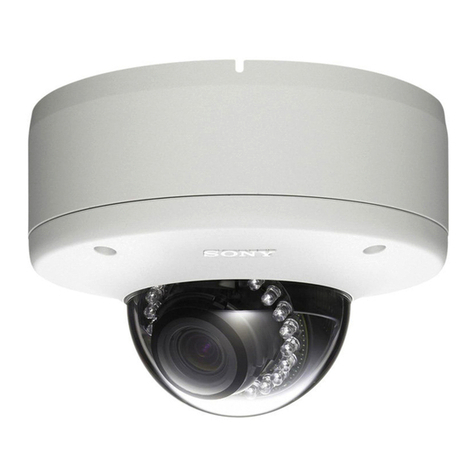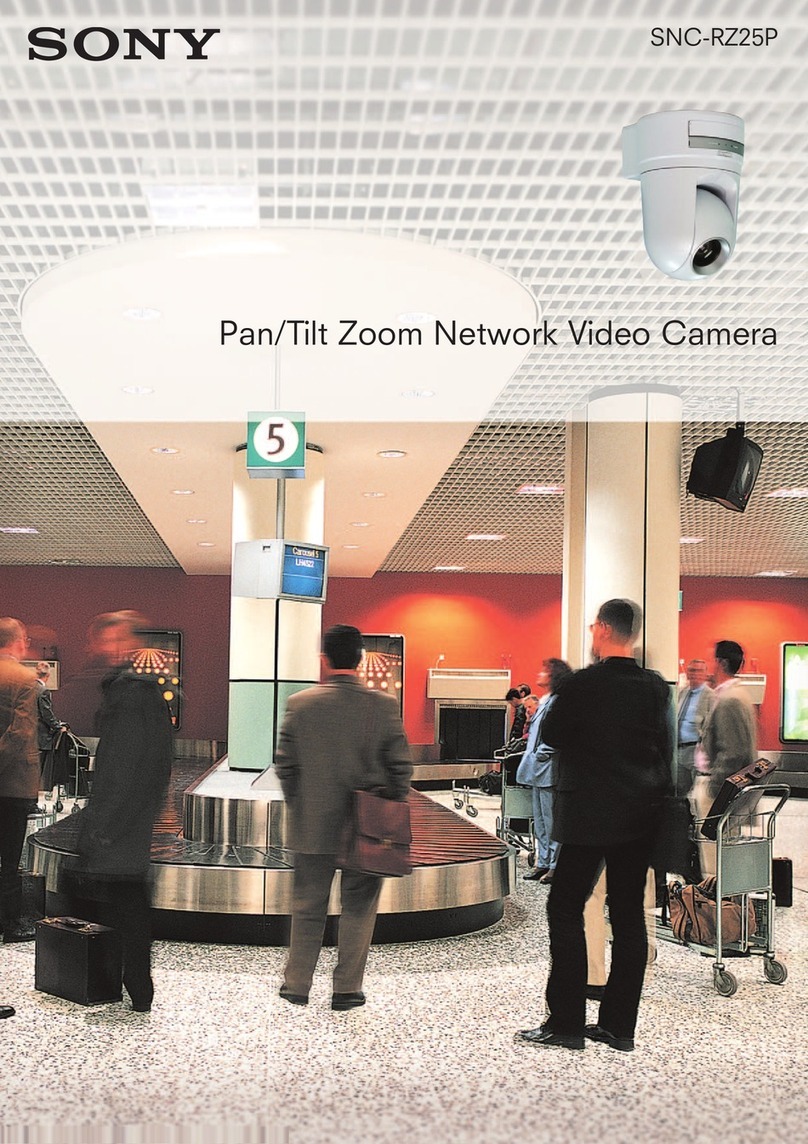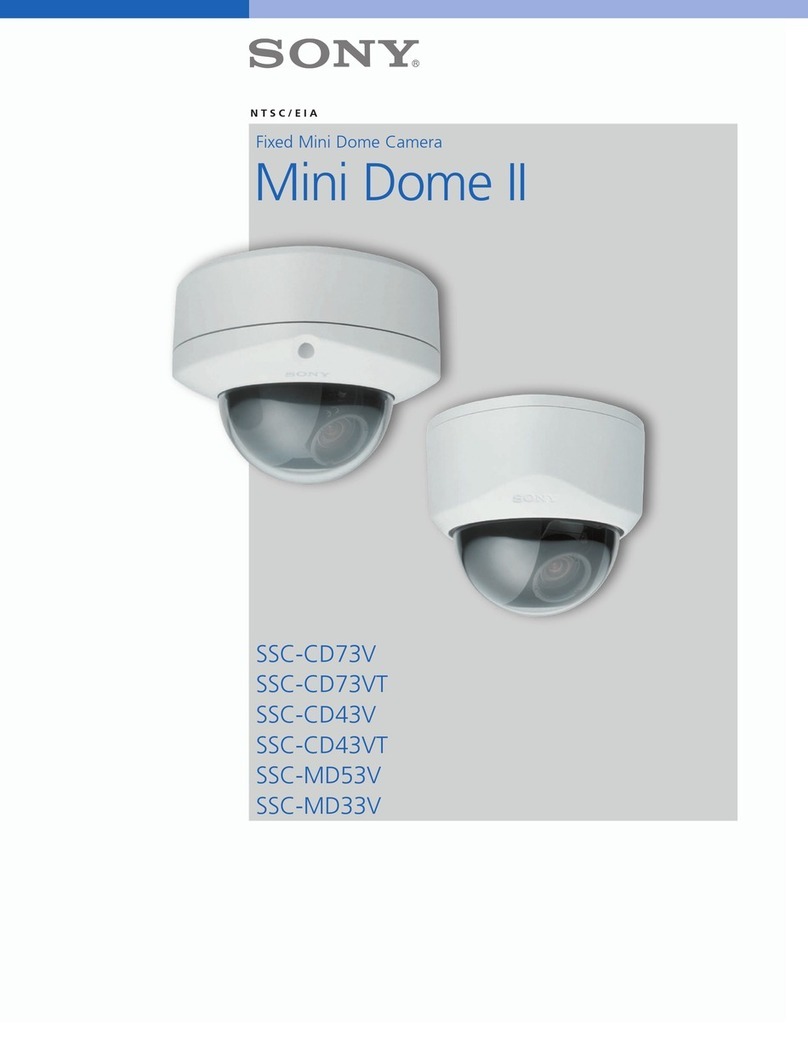2
Table of Contents
Overview
Main Features ............................................................ 3
Connection Diagram ................................................. 4
Location of Parts and Operation.............................. 5
Mode Setting .............................................................. 6
Installation ................................................................. 7
Connections............................................................... 9
Genlock ...................................................................... 9
RS-232C Command List
Functions That can be Controlled via the RS-232C
Interface ................................................................. 10
Precautions to be Observed When Using RS-232C
Commands ............................................................ 11
Setting the RS-232C Switches ............................... 11
Connections............................................................. 12
Communication Specifications .............................. 12
The Sequence from “Power up” to Beginning/
End of Communication......................................... 13
Camera Function Setting Commands ................... 14
Setting Gain.............................................................. 14
Shutter Settings ........................................................ 14
White Balance Settings ............................................ 15
Video Process Setting .............................................. 16
System Settings ....................................................... 16
Camera Setup Readout from a List ......................... 17
Examples.................................................................. 18
RS-232C Mode and the Memory Banks ................. 19
Structure of the Memory Banks................................ 19
Functions Available with Memory Load/Save ........... 20
The Memory Bank to be Activated When Power is
Turned on .............................................................. 20
Appendix
Shutter Speed and the Settings Command .......... 21
Specifications .......................................................... 25
Dimensions .............................................................. 26
Spectral Sensitivity Characteristics
(Typical Value) ....................................................... 27
XC-555 ..................................................................... 27
XC-555P ................................................................... 27

